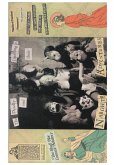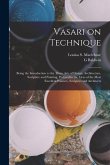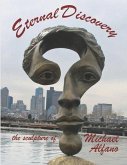The Erotic Object: Sexuality in Sculpture From Prehistory to the Present By Susan Quinnell Revised and updated, with new illustrations. The power and eroticism of sculpture, form, volume and space are sensitively explored in this wide-ranging study, which takes in the history of sculpture from prehistoric times to contemporary art. Featuring discussions of many famous sculptors, including: Michelangelo Buonarroti, Antonio Canova, Auguste Rodin, Eric Gill, Andy Goldsworthy, Jasper Johns, Constantin Brancusi, Pablo Picasso, Barbara Hepworth and Gianlorenzo Bernini. Many contemporary artists are studied too, including installation and performance artists (Catherine Elwes, Karen Finley, Ana Mendieta, Carolee Schneemann), and women sculptors such as Alice Aycock, Mary Miss, Rebecca Horn, Nancy Graves, Eva Hesse, Kathe Kollwitz and Judy Chicago. Regardless of what sculpture depicts, it can be seen as erotic. The surfaces, materials and forms are sensuous: wood, stone, marble, granite, clay, bronze. Touching is pleasure. It is a pleasure that is, perhaps, pre-institutional, pre-industrial and pre-political. Touching cuts through social and cultural constructs, such as art, ideology, education and war, and goes back to a primeval form of being. At same time, touching is a sense of the both personal and societal. John Keats said, 'touch has a memory'. Sculpture activates this fundamental relation with things. Sculpture renews contact with the simple but utterly crucial experiences such as touch, sight, and smell.








